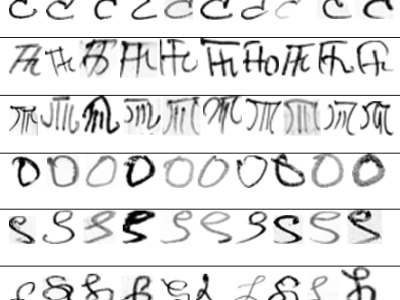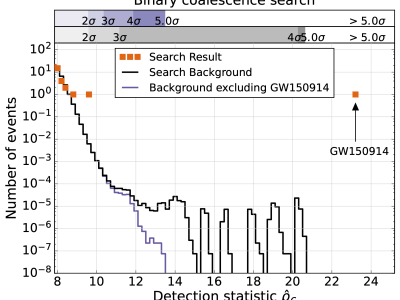
JavaScript Object Notation (JSON) and eXtensible Markup Language (XML) are two data serialisation methods that have been compared over many applications including client-server transmission, internet communication, and large-scale data storage. Due to the smaller file size, JSON is faster for transmitting data. However, XML is better for sending complex data structures. This dataport contains C code project to compare performance of XML with JSON, considering factors such as time, memory, and power to identify efficient characteristics of each method.
- Categories:





